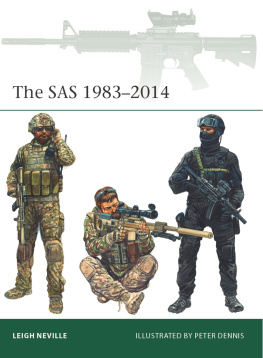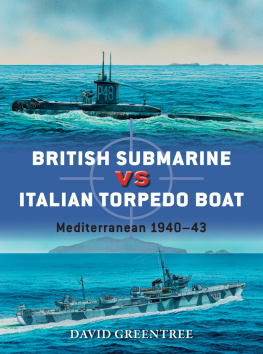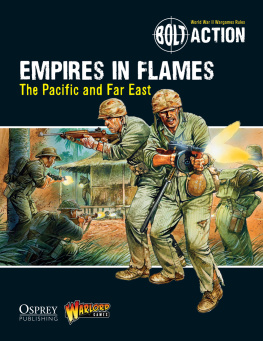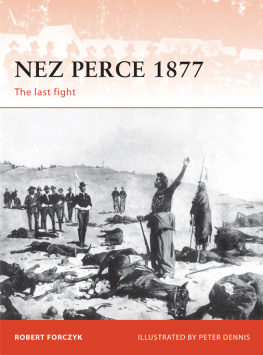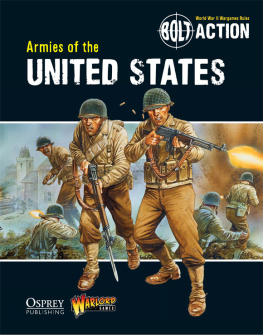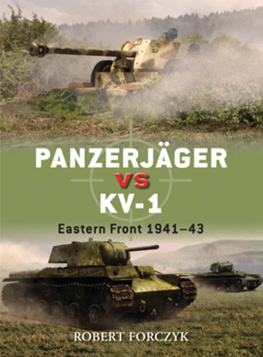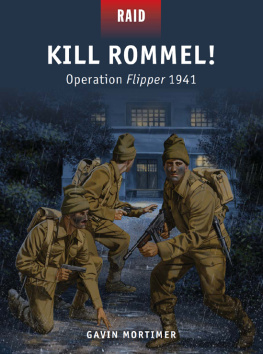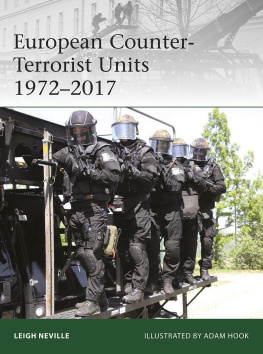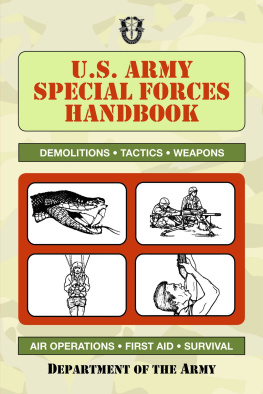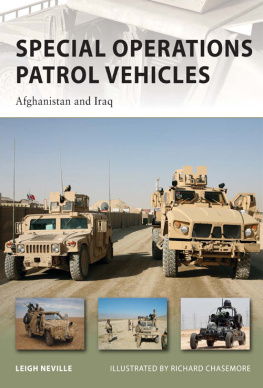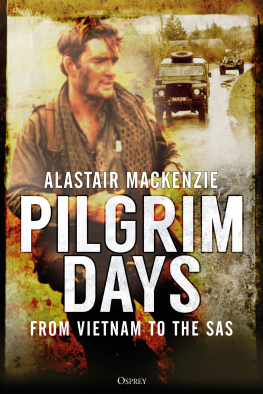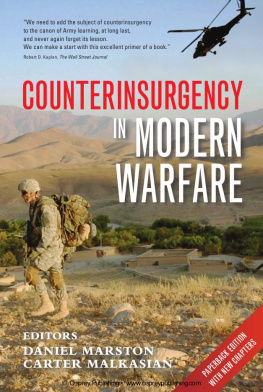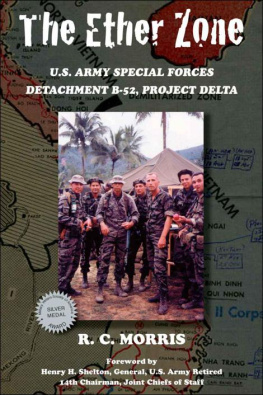
First published in Great Britain in 2016 by Osprey Publishing
PO Box 883, Oxford, OX1 9PL, UK
1385 Broadway, 5th Floor, New York, NY 10018, USA.
E-mail:
Osprey Publishing, part of Bloomsbury Publishing Plc
This electronic edition published in 2016 by Bloomsbury Publishing Plc
Bloomsbury is a registered trademark of Bloomsbury Publishing Plc
2016 Osprey Publishing Ltd.
All rights reserved
You may not copy, distribute, transmit, reproduce or otherwise make available this publication (or any part of it) in any form, or by any means (including without limitation electronic, digital, optical, mechanical, photocopying, printing, recording or otherwise), without the prior written permission of the publisher. Any person who does any unauthorised act in relation to this publication may be liable to criminal prosecution and civil claims for damages.
A CIP catalogue record for this book is available from the British Library
ISBN: 978-1-47281-403-6 (PB)
ISBN: 978-1-47281-405-0 (eBook)
ISBN: 978-1-47281-404-3 (ePDF)
Editor: Martin Windrow
Osprey Publishing supports the Woodland Trust, the UKs leading woodland conservation charity. Between 2014 and 2018 our donations will be spent on their Centenary Woods project in the UK.
www.ospreypublishing.com
To find out more about our authors and books visit www.ospreypublishing.com. Here you will find our full range of publications, as well as exclusive online content, details of forthcoming events and the option to sign up for our newsletters. You can also sign up for Osprey membership, which entitles you to a discount on purchases made through the Osprey site and access to our extensive online image archive.
DEDICATION
To the Regiment
We are the Pilgrims, master; we shall go
Always a little further: it may be
Beyond that last blue mountain barred with snow,
Across that angry or that glimmering sea.
(From James Elroy Flecker, The Golden Journey to Samarkand)
AUTHOR
Leigh Neville is an Australian national who has written a number of books on both modern conventional military units and special operations forces serving in Afghanistan and Iraq, their weapons and their vehicles including six titles for Osprey with several more in development. He has also consulted on military topics for several wargame companies and television documentary makers. He lives in Sydney with his wife and two dogs. He can be contacted via his website at www.leighneville.com.
ILLUSTRATOR
Peter Dennis was born in 1950. Inspired by contemporary magazines such as Look and Learn he studied illustration at Liverpool Art College. Peter has since contributed to hundreds of books, predominantly on historical subjects, including many Osprey titles. A keen wargamer and modelmaker, he is based in Nottinghamshire, UK.
TITLE PAGE Member of an unidentified UKSF unit in a Menacity SRV/OAV during a halt in Afghanistan, muffled against the winter cold of the high desert. The L7A2 GPMG is on a WMIK-style swing-out MG mount, and a sand channel to assist in extracting bogged vehicles is attached to the front grille.
BACK COVER, TOP An SAS operator in southern Iraq, c.2007, wearing a temperate-pattern DPM smock with desert-pattern trousers a combination more commonly seen in Afghanistan. His weapon is a CQB-barrel shorty L119A1 carbine. The obscuring of his face hides his MSA Sordins headset, but a CT5 handset is attached to his plate carrier at the left shoulder. Note the fast-roping gloves tucked behind a magazine pouch.
ACKNOWLEDGEMENTS & AUTHORS NOTE
My thanks to my editor Martin Windrow, and our wonderful illustrator Peter Dennis; to my wife Jodi; and to the many who have provided information or views during the research for this book.
The aim of this work is to provide an update on the Regiment since the end of Operation Corporate in the South Atlantic in 1982, which is deliberately excluded here as it has potential for its own standalone title. We begin our coverage nominally from 1983, when the Regiment was still bathed in the bright spotlight of unwanted publicity due to their exploits both at the Iranian Embassy siege in London in 1980 and in the Falklands two years later.
As well as being one of the most widely recognized special forces units in the world, the SAS are also one of the tightest-lipped. After a rash of memoirs following Operation Granby in 1991, the Regiment instituted lifelong non-disclosure agreements with all badged members and support staff. This publicity-shy attitude means that there are quite literally no official images of SAS operations or training available, nor are former operators able to be interviewed openly.
In all the images used here the faces have, of course, been obscured, as have some other sensitive details; we believe that, if anything, we have erred on the side of caution. Many of the photos were taken during deployments, and most cannot be attributed to an individual; unless specifically credited otherwise the photographer is unknown. If you believe that you hold the copyright to any such image, please contact the author via Osprey Publishing, and we will happily issue corrections in future editions.
ARTISTS NOTE
Readers may care to note that the original paintings from which the colour plates in this book were prepared are available for private sale. All reproduction copyright whatsoever is retained by the Publishers. All enquiries should be addressed to:
Peter Dennis, Fieldhead, The Park, Mansfield, Nottinghamshire NG18 2AT, UK
The Publishers regret that they can enter into no correspondence upon this matter

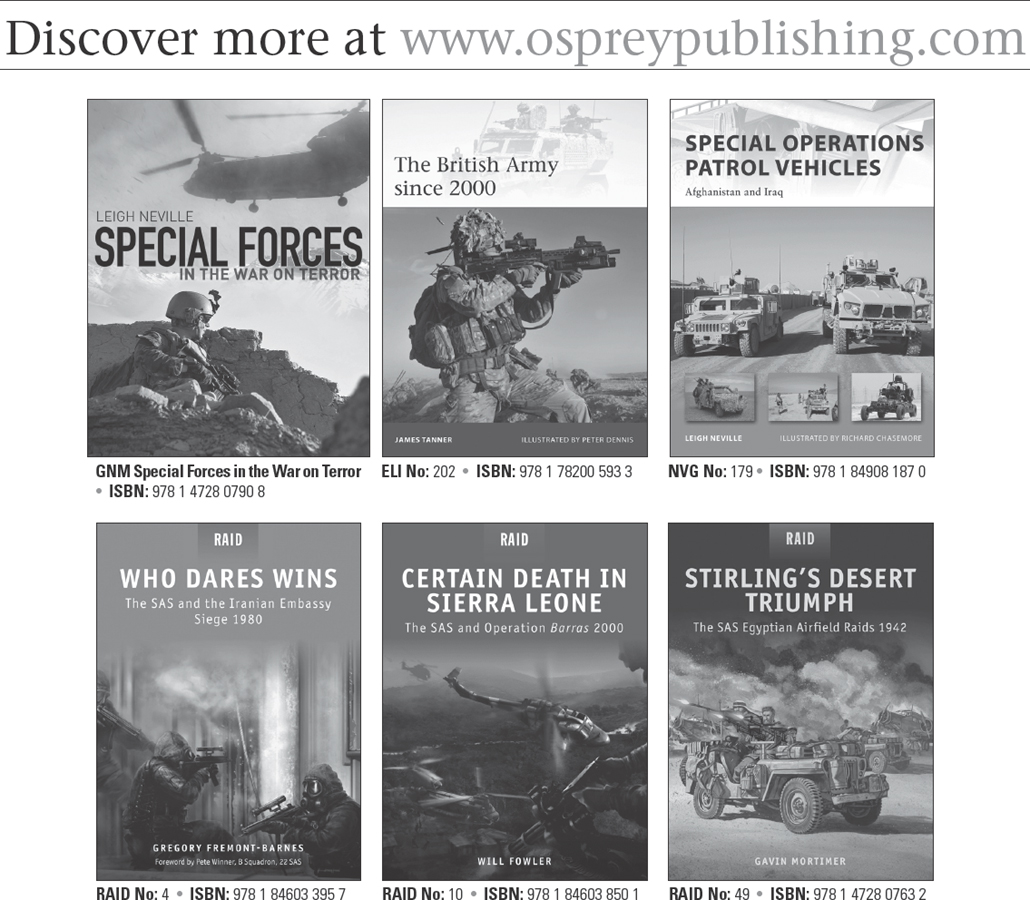
INTRODUCTION: THE PILGRIMS
The Special Air Service (SAS) should need little introduction, since they are arguably the most recognized, and certainly the most emulated, Special Forces unit in the world today. Their history is equally legendary. Formed in 1941 by a visionary Scots Guards officer named David Stirling, the SAS soon developed a fearsome reputation while working alongside the Long Range Desert Group to raid Axis airfields and supply dumps in North Africa. Expanded, it went on to carry out deep-penetration missions in Italy and North-West Europe in 194345. Like many other World War II special operations units, the original SAS was disbanded after the end of hostilities in 1945.
Recognizing the need for such a unit in the new Cold War era of proxy wars, Britain raised one Regular Army and two Territorial Army SAS regiments in the 1950s. These would be known, respectively, as 22 SAS, 21 SAS (Artists Rifles) and 23 SAS, the latter two forming the core of the UK Special Forces Reserve until 2014. During the Cold War the SAS would serve in a number of counter-insurgency (COIN) and counter-terrorist (CT) campaigns in Malaya, Borneo, Oman, Aden, Gambia, and Northern Ireland. In many of these conflicts the SAS operated covertly, and their presence was often not acknowledged at the time. Their unique skills would also enable them to form the UKs national CT response, a role they continue to fulfil to this day.

